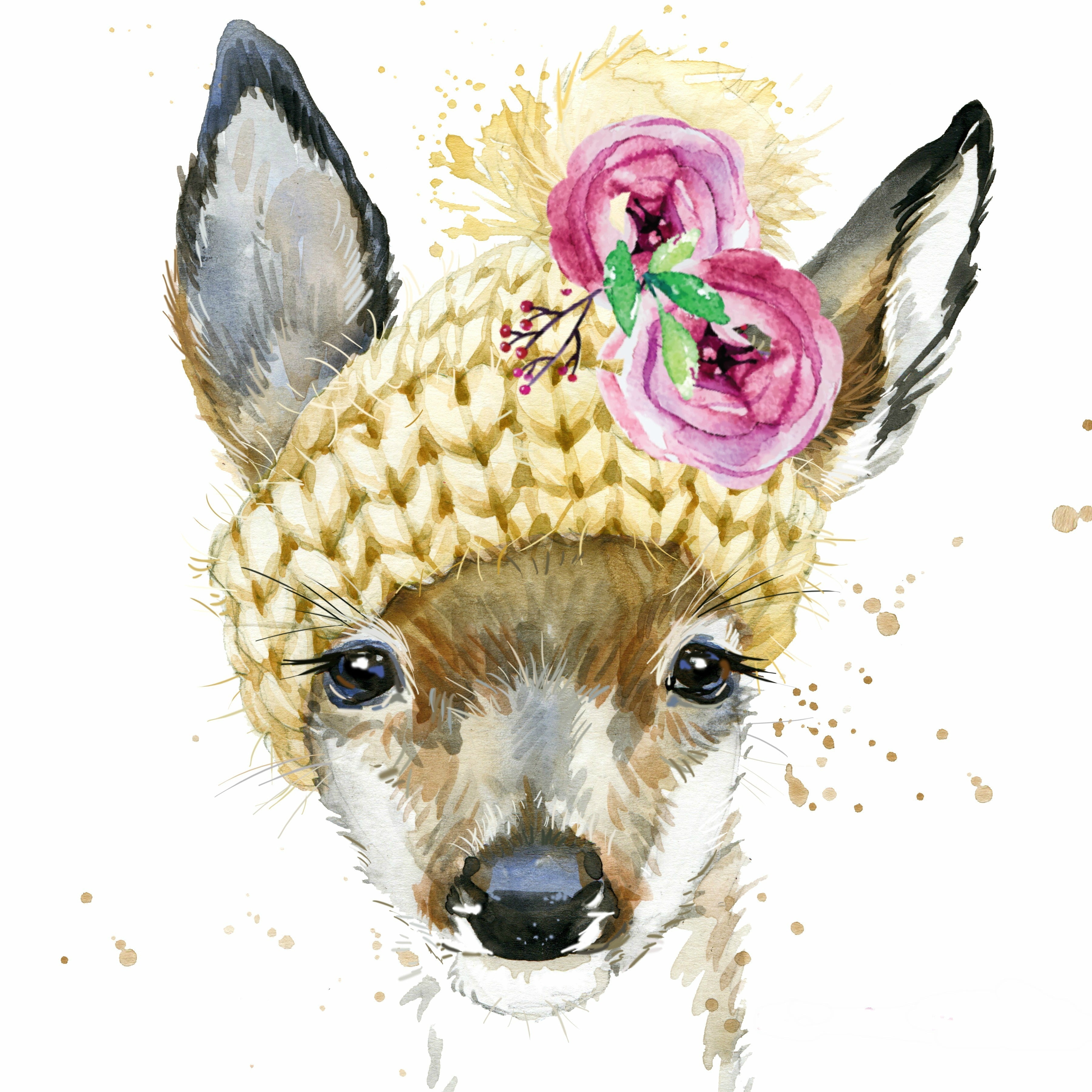So you’ve decided to embellish. Maybe it’s your jeans, maybe it’s your grandma’s throw pillows, or maybe you just blacked out in the craft aisle and woke up with 200 seed beads and a dream. Either way, before you start sewing rhinestones onto everything that isn’t nailed down, let’s talk about the unsung hero of the sparkle world: thread.
Yep, thread. Not all thread is created equal—and using the wrong one could mean your masterpiece falls apart faster than a dollar-store zipper. Whether you're stitching beads onto clothes, jazzing up accessories, or bedazzling your curtains like it’s Vegas in 1974, this guide will help you pick the right thread for the job.
With a lot of sparkle, and some actual facts (we swear), let’s dive in.

Two Types of Thread Drama:
1. Decorative (Visible)
Your thread’s got main character energy. It shows, it sparkles, it slays between the beads.
2. Functional (Hidden)
The thread’s working behind the scenes. It's the stagehand of the bead world—unseen, underpaid, and holding everything together.

GLASS BEADS: Beautiful, Heavy, and Kind of Dangerous
These beads are fancy—but they bite. They’re sharp and heavy, like the stilettos of the bead world.
Decorative Use:
-
Polyester Thread: Your practical BFF. Strong, doesn't stretch, and won’t freak out when you toss the dress in the wash. A bit shiny, but not in a “disco ball” way.
-
Silk Thread: Luxurious and slippery—like sewing with a ribbon made of melted butter. Looks great, but don’t trust it to hold a chandelier of beads forever.
-
Nylon Thread: Comes in clear or colored. The clear version is basically fishing line—great for the “are these beads floating?” illusion. Slightly annoying to work with, but worth it.
-
Cotton Thread: Meh. Old-school, matte, and kind of fragile. Use only if you’re going for “cottagecore embroidery” and not “Vegas showgirl cape.”
Functional Use:
-
Heavy-Duty Polyester: Strong enough to hold up a toddler if you needed it to. Great for holding down big beads on clothes or curtains without drama.
-
Clear Nylon (Monofilament): Invisible. Secure. Slightly evil to knot. Melts under heat, so don’t iron over it unless you’re into chaos.
-
Beading Thread (like FireLine): For when you want those beads to survive a tornado. Nearly unbreakable, but thick—so double-check the bead holes.
-
Silk/Cotton: Use these if you're restoring a Victorian gown or feeling sentimental. Otherwise… we have better options now.
PLASTIC BEADS: Lightweight, Fun, and Harmless
Plastic beads are easy. They don’t weigh much, don’t cut your thread, and are basically the golden retrievers of bead materials.
Decorative Use:
-
Polyester: The “yes” thread. Comes in all colors, holds stitches well, no complaints. Pair it with your plastic flamingo earrings or sequin pillows.
-
Cotton: Cute, matte, a little vintage. Good if you’re into “natural vibes” or just like the texture. Not great for strength, but fine for light-duty glam.
-
Silk: Fancy for no reason, but hey, if you want your plastic beads to feel special, go for it.
-
Nylon: Colored for fun, clear for invisibility. Works well, just tangles like your headphone cables circa 2010.
Functional Use:
-
Polyester: The MVP again. Holds plastic beads with no drama. Doesn’t fade, rot, or complain.
-
Clear Nylon: Basically invisible. Great for when you want people to think your beads are floating by magic.
-
Cotton: Use only if you want “soft and cozy” vibes, or are sewing for babies who might chew on it. Otherwise, polyester is more reliable.
-
Silk: Elegant but a bit extra. Strong enough for plastic, but… why waste it?
SEED BEADS: Tiny and Fussy
These little beads may be cute, but they are high maintenance. Small holes, sharp edges—don’t underestimate them.
Decorative Use:
-
Nylon Beading Thread: Basically designed for seed beads. Comes in all the colors, slides through tiny holes like a dream. Needs a bit of waxing to behave, but don’t we all?
-
Silk: Old-school glam. Perfect for fine embroidery. It stretches a bit and looks expensive. Handle with care.
-
Polyester: Use only the super fine stuff (100 wt or thinner). It’s strong but might bulk up those bead holes faster than you’d like.
-
Cotton: Works… if you want to relive the 19th century. Thick, fuzzy, and prone to fraying. Wax it or skip it.
Functional Use:
-
FireLine or WildFire (Bonded Threads): Basically the Thor of threads. Can handle multiple passes through tiny beads. Doesn’t fray, doesn’t stretch. Doesn’t complain.
-
Clear Nylon: Great for invisibility. Holds up well but use multiple passes to be safe.
-
Polyester (Super Fine): Strong and abrasion-resistant, but might be hard to find in thread-weight that fits through the smallest beads.
-
Silk/Cotton: Use only if you're doing heirloom sewing for the Queen of England’s dog.
Sources (aka: Proof I Didn't Make This Up)
Threads Magazine: Sewing Thread Fibers and Special Types
Gütermann Threads: Sewing Threads
Maison Lesage: At Maison Lesage, Beauty Embroidered By Hand
Beadalon WildFire Thread: WildFire - Beadalon
Bonus Tip:
These same threads work beautifully with jeweled buttons too! Whether you're embellishing a clutch or sewing sparkle onto a coat, sturdy and stylish thread makes all the difference. Check out our jeweled buttons collection, or get inspired with our blog on how to embellish a clutch with buttons. Ready to sparkle? Explore all our fancy sewing buttons here.


